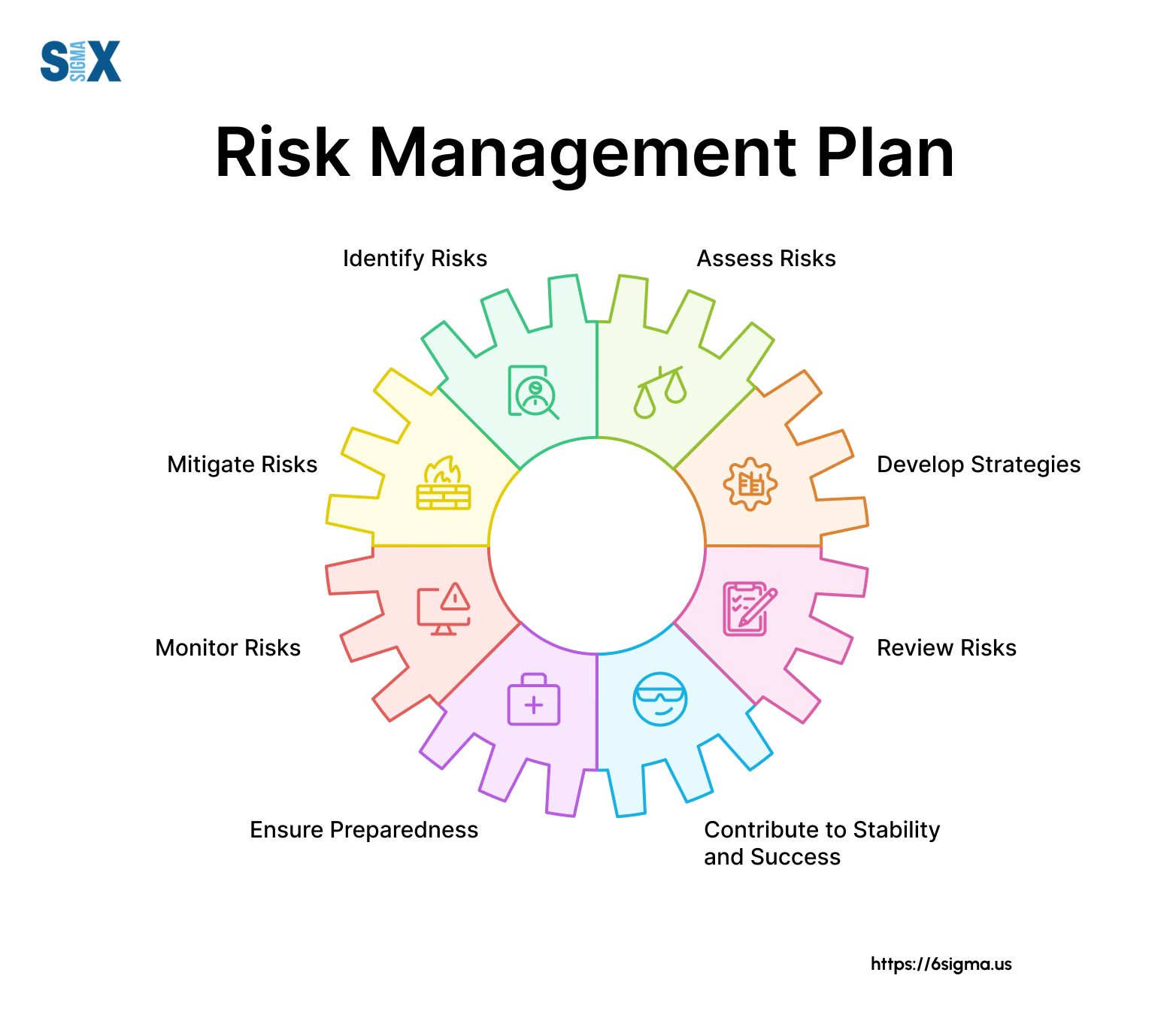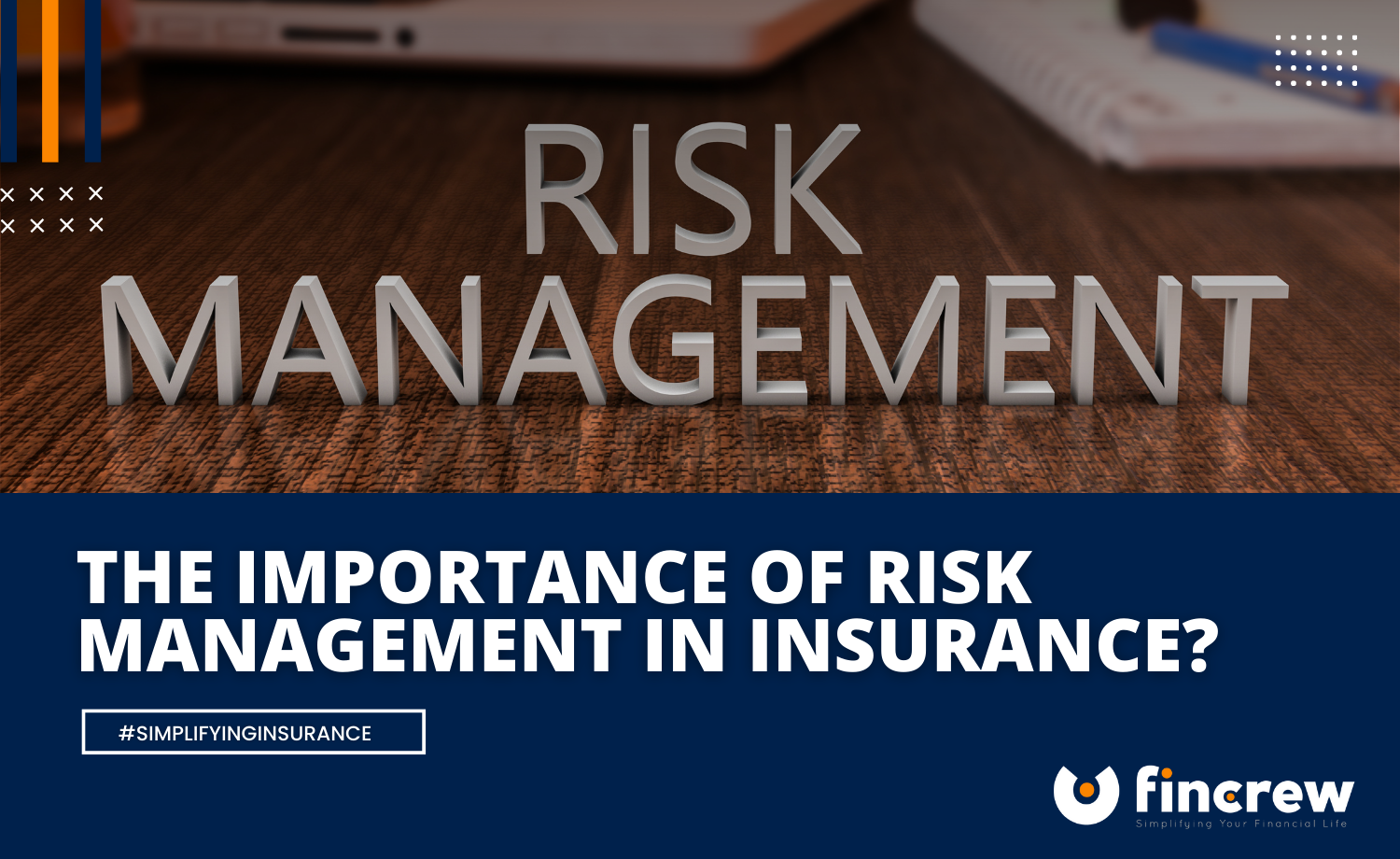The Role and Importance of Risk Management in Ensuring Organizational Continuity
The Role and Importance of Risk Management in Ensuring Organizational Continuity
Blog Article
Exploring the Importance of Risk Management for Effective Decision-Making Strategies
In the complex world of service, Risk Management arises as a vital aspect in the decision-making procedure. The capacity to determine possible threats and possibilities, and plan appropriately, can spell the distinction in between success and failure.
Comprehending the Concept of Risk Management
Risk Management, an essential part in decision-making, is frequently misunderstood or oversimplified. Normally, it refers to the identification, examination, and prioritization of risks to lessen, keep track of, and manage the probability or impact of regrettable events. However, it's not just concerning avoiding negative outcomes, but additionally about identifying prospective possibilities. Risk Management includes structured and disciplined strategies, making use of information and informative evaluations. It requires an extensive understanding of the organization's context, purposes, and the possible dangers that could thwart them. From financial unpredictabilities, lawful responsibilities, critical Management mistakes, to crashes and all-natural disasters, it deals with numerous dangers. Significantly, reliable Risk Management is not stagnant; it's a continual, forward-looking procedure that progresses with transforming situations.
The Duty of Risk Management in Decision-Making Processes
In the realm of calculated preparation and organization procedures, Risk Management plays an important function in decision-making processes. Risk Management thus ends up being a crucial device in decision-making, assisting leaders to make educated options based on a thorough understanding of the risks included. Risk Management offers as an essential part in the decision-making procedures of any kind of company.

How Risk Management Enhances Strategic Planning
In the context of tactical planning, Risk Management plays a critical function. Starting with the recognition of possible risks, it further encompasses the application of Risk mitigation steps. The role of Risk Management is not static but vibrant, as it requires continuous monitoring and adjusting of approaches.
Recognizing Prospective Threats

Applying Risk Reduction
Risk mitigation approaches can vary from Risk avoidance, Risk transfer, to run the risk of reduction. Each strategy ought to be tailored to the details Risk, considering its additional hints prospective impact and the organization's Risk tolerance. Reliable Risk mitigation requires a deep understanding of the Risk landscape and the possible impact of each Risk.
Tracking and Changing Strategies
Though Risk mitigation is a vital action in calculated planning, constant tracking and modification of these methods is similarly crucial. It additionally supplies a possibility to review the success of the Risk Management procedures, permitting modifications to be made where needed, additional improving calculated preparation. Surveillance and changing Risk Management techniques is an important element for enhancing a company's resilience and tactical planning.
Instance Studies: Successful Risk Management and Decision-Making
In the world of organization and financing, successful Risk Management and decision-making frequently serve as the columns of prosperous enterprises. These situations highlight the worth of sharp Risk Management in decision-making procedures. These instances emphasize the crucial role of Risk Management in tactical decision-making.
Devices and Techniques for Reliable Risk Management
Browsing the intricate puzzle of Risk Management calls for the best set of methods and devices. These tools, such as Risk registers and warm maps, aid in recognizing and examining prospective risks. Methods consist of both quantitative techniques, like level of sensitivity analysis, and qualitative techniques, such as SWOT evaluation. These help in prioritizing dangers based upon their potential effect and chance. Risk reaction approaches, a key element of Risk check my blog Management, entail approving, avoiding, transferring, or mitigating risks. Tracking and regulating threats, through regular audits and evaluations, make sure that the approaches continue to be effective. With these devices and methods, decision-makers can browse the complex landscape of Risk Management, consequently promoting educated and efficient decision-making.
Future Patterns in Risk Management and Decision-Making Approaches
As we discover the huge landscape of Risk Management, it comes to be evident that the devices and methods utilized today will certainly remain to progress. Future fads direct towards an increased dependence on innovation, with artificial intelligence and artificial intelligence playing substantial functions. These innovations will allow companies to predict potential dangers with better precision and make even more enlightened choices. In addition, there will certainly be an expanding focus on durability, not just in taking care of dangers yet also in recuperating from unfavorable scenarios. Last but not least, the concept of Risk culture, where every participant find here of an organization knows and included in Risk Management, will certainly get more importance. These patterns proclaim a more comprehensive and positive strategy towards Risk Management and decision-making.
Final thought

Risk Management therefore comes to be a vital tool in decision-making, helping leaders to make educated selections based on a comprehensive understanding of the risks included. Risk mitigation strategies can vary from Risk avoidance, Risk transfer, to take the chance of decrease (importance of risk management). Effective Risk mitigation needs a deep understanding of the Risk landscape and the potential impact of each Risk. Risk action strategies, an essential element of Risk Management, entail accepting, avoiding, moving, or mitigating dangers. The idea of Risk society, where every participant of an organization is mindful and included in Risk Management, will certainly acquire more prestige
Report this page